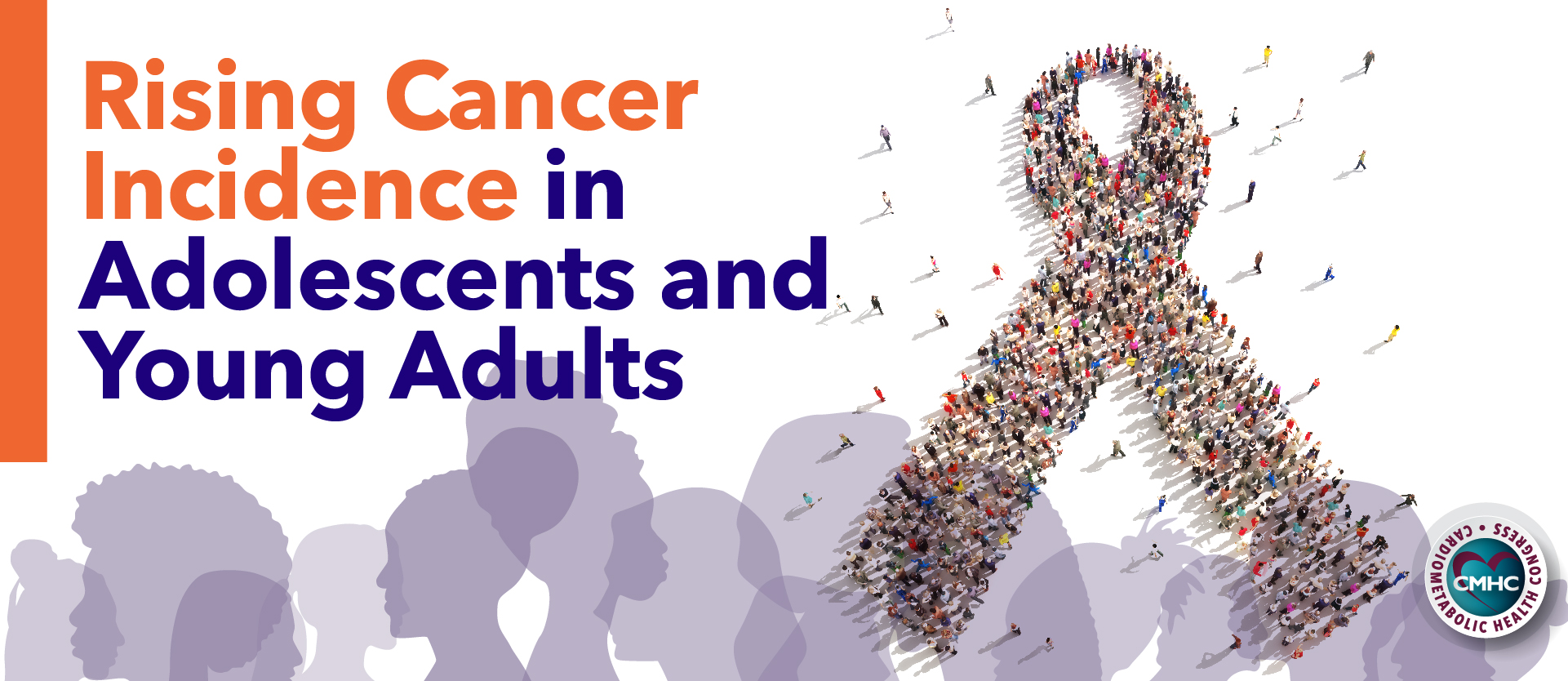Defined by the National Cancer Institute as diagnoses occurring among individuals aged 15 to 39 years, adolescent and young adult (AYA) cancer cases are unique from those diagnosed in other age groups. This particular demographic experiences a higher risk for long-term and latent effects – such as infertility, sexual dysfunction, cardiovascular disease, and future cancers – compared with older patients. However, the risk of severe late effects in the AYA age group is lower than that present in childhood cancer survivors.
Differences stem from the distribution of cancer types, intrinsic and extrinsic risk factors, tumor biology, prognosis, and survivorship. A growing body of research implicates that tumors in the AYA age group are molecularly distinct from those found in both younger and older patients, potentially as a result of differences in disease etiology and treatment efficacy.
Despite continued progress in the arena of AYA cancer understanding, research gaps persist. In the majority of epidemiological studies, adolescents and young adults are grouped with either children or older adults; even within studies focused on their own age group, data is often presented in aggregate, masking differences across AYA sub-groups.
Cancer Incidence in Adolescents and Young Adults
Research efforts aim to investigate population-based trends in cancer incidence, mortality, and survival among adolescents and young adults to elucidate the differences between age groups. Published in CA: A Cancer Journal for Clinicians, a recent study’s findings report an increase in cancer incidence among adolescent and young adults occurring between the years 2007 and 2016.
Increased Incidence, Decreased Mortality
Led by Kimberly D. Miller, MPH, from the American Cancer Society in Atlanta, a team of researchers analyzed population-based cancer incidence data in the United States. Within the adolescent and young adult population, age groups were defined as 15 to 19, 20 to 29, and 30 to 39 years.
The research team reported that between 2007 and 2016, the overall cancer incidence increased across all AYA age groups with the primary driving factor being a rise in thyroid cancer prevalence. Additionally, most age groups experienced an increased incidence of obesity-related cancers, such as kidney, uterine corpus, and colorectal cancer. However, in individuals aged between 15 and 29 years, rates of melanoma declined significantly over the studied time period.
Overall cancer mortality rates decreased by 1% annually from 2008 to 2017, except for in the case of women aged 30 to 39 years in which the rate remained unchanged. Across all AYA age groups the five-year relative survival rate was similar for all cancers ranging from 83% to 86%.
The study’s results forecasted 89,500 new cancer cases and 9,270 cancer deaths to occur in the adolescent and young adult age group yearly at current rates.
Poor Healthcare Accessibility
An important factor underlying the increasing cancer incidence in adolescents and young adults is the inequity in access to healthcare: AYAs are more likely to experience delays in diagnosis for some cancers than older patients due to higher uninsured rates, lack of cost-effective early detection methods, and the rarity of cancer at this age.
“AYAs diagnosed with cancer also continue to face numerous challenges in health care access during early life transitions, which can negatively impact the timeliness of and adherence to treatment,” the study’s authors wrote.
Reducing cancer morbidity and mortality among this age group requires concentrated efforts aimed at improving access to healthcare, increasing clinical trial enrollment and expanding research opportunities, as well as greater alertness among both clinicians and patients to early warning symptoms and signs of cancer. Future research should consider the heterogeneity in cancer occurrence and continue to monitor population-based trends for cancers with increasing mortality rates.
Key Takeaways
While cancer mortality rates within the adolescent and young adult population have declined slightly over the course of the previous decade, cancer incidence in this demographic is on the rise. Yet there is a persisting lack of research focused on this particular demographic, treatment options, and outcomes leading many young patients to suffer from delayed diagnoses and long-term health complications.















